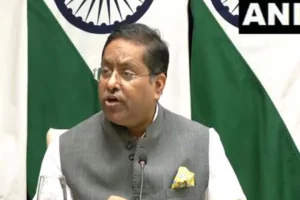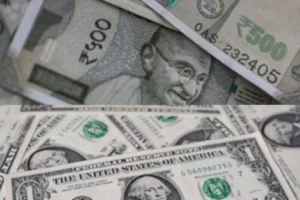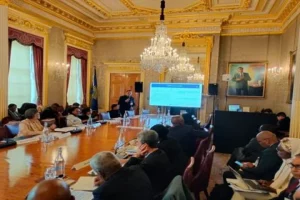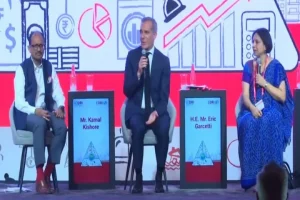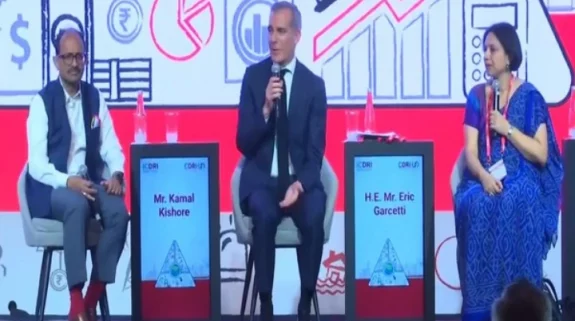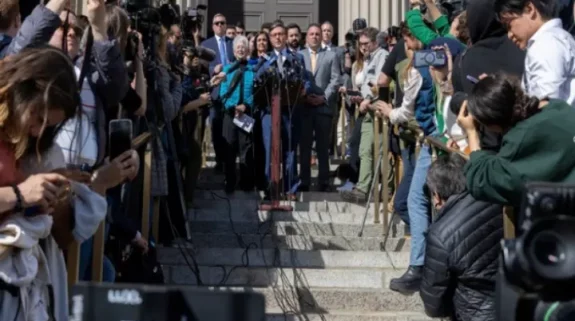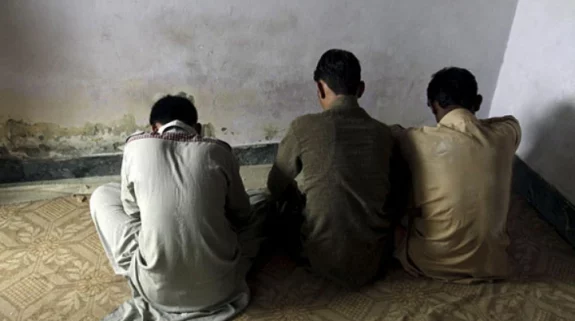China’s domestic consumption and investment failed to pick up even as the country reported an economic growth of 3.2 per cent in the second quarter of the current financial year. At a time when China is desperately looking inward to boost growth as export orders dwindle amid the coronavirus pandemic, this could make Chinese President Xi Jinping worried.
According to online data platform Trading Economics, China's retail sales declined by 1.8 per cent year-on-year in June 2020, against market expectations of a 0.3 per cent rebound. In May the drop was 2.8 per cent.
“This was the sixth straight month of contraction in retail trade, with people avoiding crowded places, including shops, restaurants, and cinemas amid the Covid-19 crisis,” the website said. In the January to June period, China’s retail trade slumped 11.4 per cent.
China’s fixed-asset investment—investments on long term tangible assets such as machinery, land, buildings, vehicles, or even technology—dropped 3.1 per cent year-on-year in the January to June period.
Growth has been primarily stimulus-led with a thrust on the industrial side, experts said. Private investments showed a drop of 7.3 per cent while public investments increased 2.1 per cent, leading to doubts over real recovery.
In the first quarter, January-March, China’s GDP growth declined by 6.8 per cent.
The Chinese government has already announced a series of measures which include tax relief and cuts in lending rates to support growth and boost consumption but uncertainty remains over the impact of the US-China trade war, dwindling export orders and rise in unemployment.
That apart, several foreign companies which had manufacturing facilities have also evinced interest in relocating in a bid to de-risk and diversify their operations.
Amid this, China, with a debt-to-GDP ratio of over 317 per cent, has continued to pump in money into its ambitious Belt and Road Initiative (BRI), the lending of which is undertaken primarily through the banks. The non-performing assets (NPA)—loans that turn unproductive—have risen steadily for the Chinese banks as many projects under the BRI umbrella have had to be restructured with a rescheduled repayment structure.
“Banks are unwilling to lend but at the same time, the locals there are also shying away from making purchases as uncertainty remains and this is aggravated by the fact that the official numbers often do not tell the truth,” an analyst said.
Experts have also pointed out that many of the Chinese banks are in no position to lend aggressively any more to boost growth..







